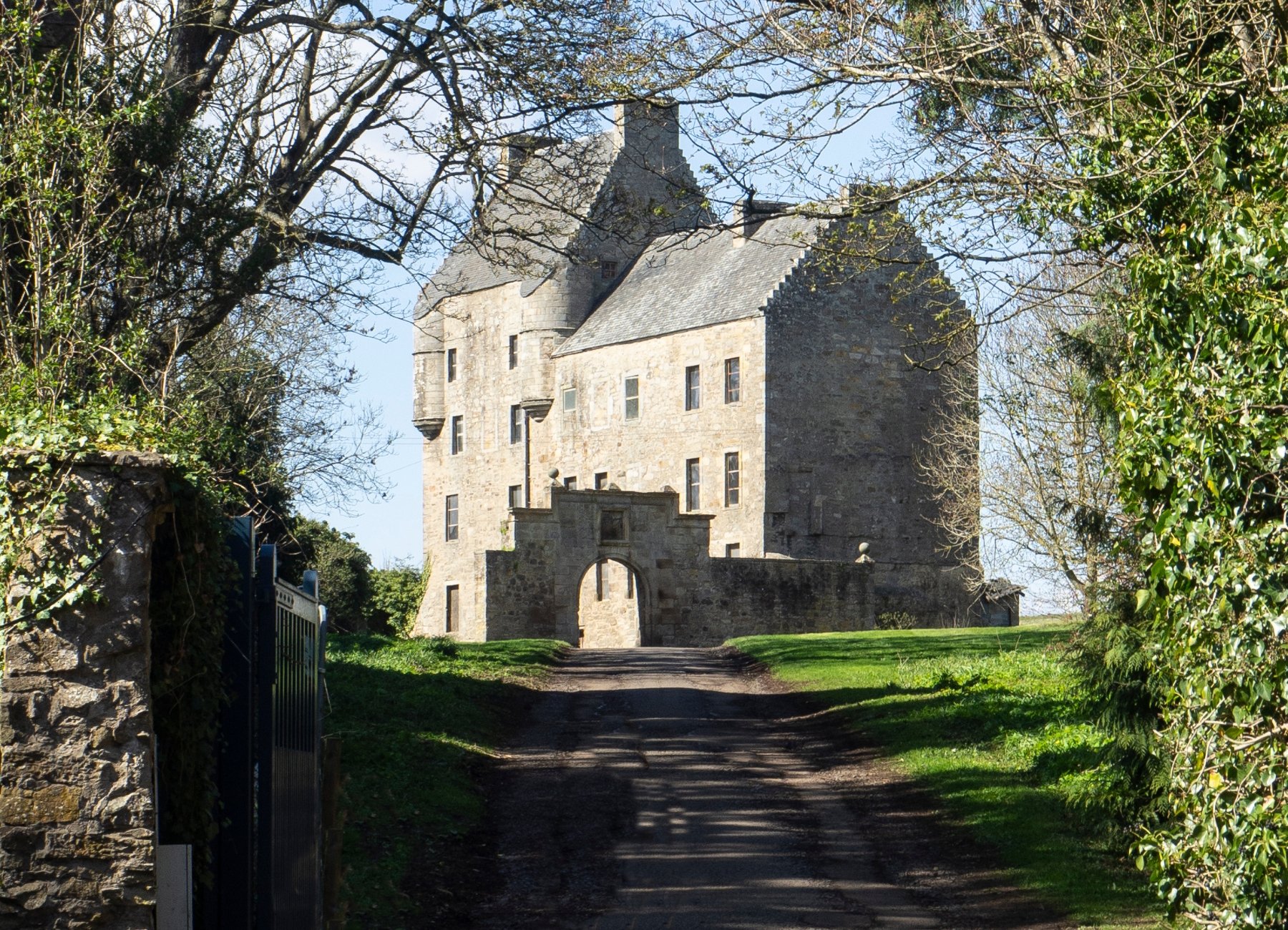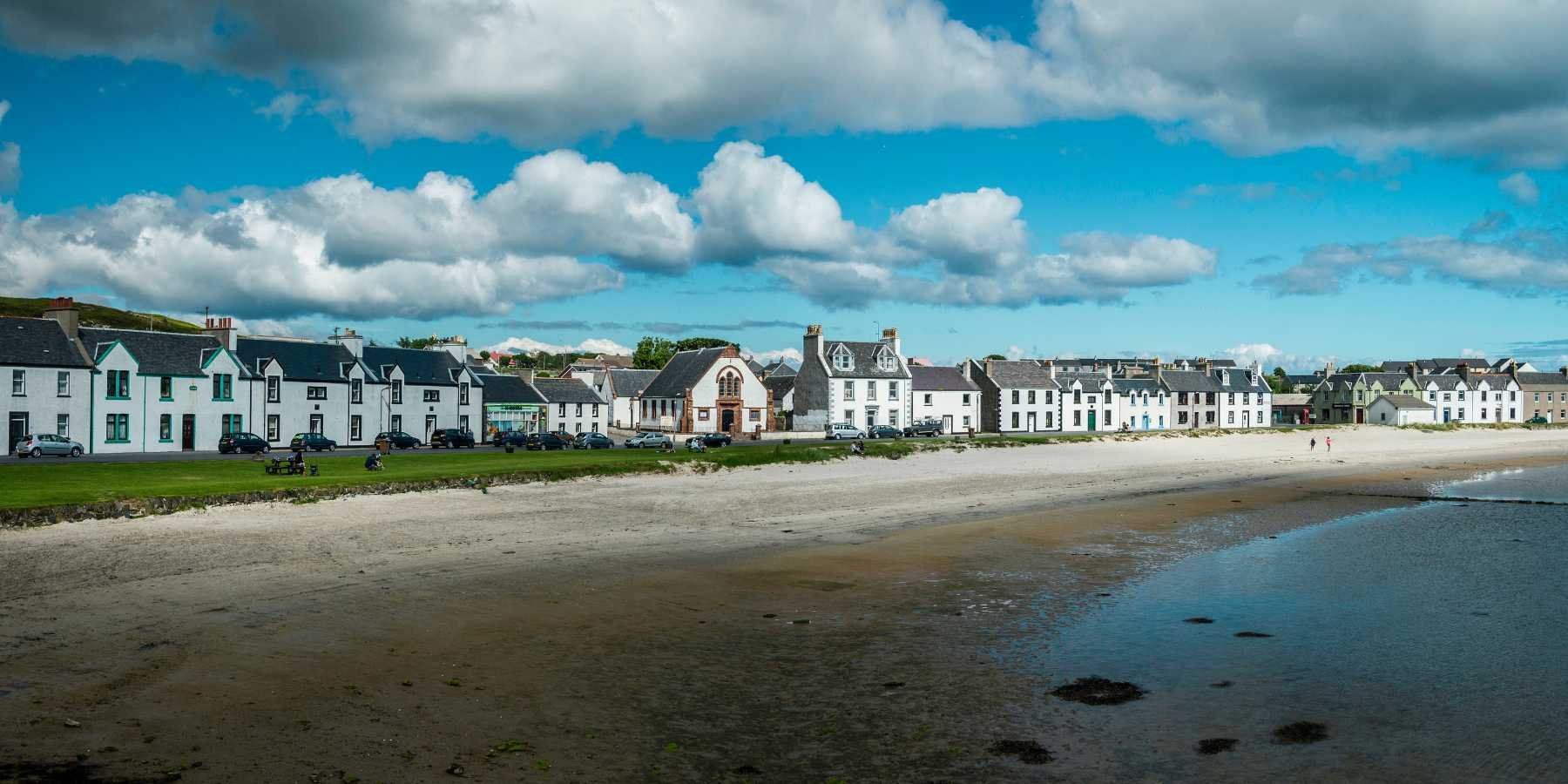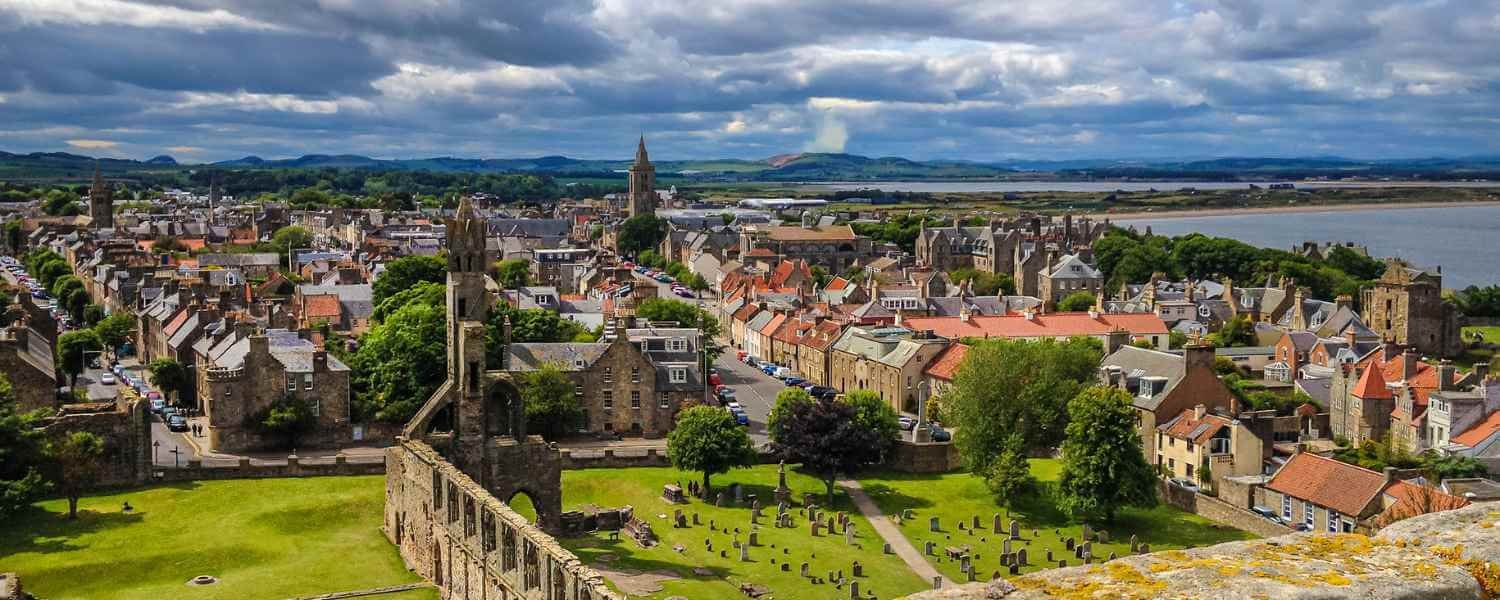What You Don’t Hear About Scottish King: Robert The Bruce
At the time of Bloody Edward Longshanks, King of England, and his tyranny over Scotland, there rose a figure that has become legendary in Scottish history. The story of Robert the Bruce is one of both misery and triumph.
He will always be remembered as the great King of Scots who won back Scotland’s independence - if only for a short while - but he was also a devious tactician, a wise player in power politics and a ruthless, bloody king in his own right.
We’ve led thousands of trips across Scotland, to Stirling Castle, Bannockburn and many more of the sites Robert the Bruce visited in his lifetime.
Click here to discover Scotland tours!
In this blog, I’ll unearth the whole story and shed light on the good, the bad and the ugly of our great Scottish hero.
Turbulent Beginnings
Robert the Bruce, born in 1274, belonged to a lineage deeply intertwined with Scottish nobility. His family, the Bruces, had a storied history, and Robert's upbringing in Turnberry Castle was marked by privilege and expectations. Yet, the backdrop of 13th-century Scotland was anything but serene, with the nation caught in the tumultuous grip of the Wars of Independence.
Bruce was a fourth great-grandson of King David I. His grandfather, Robert de Brus, 5th Lord of Annandale, was among the contenders for the Scottish throne during the "Great Cause” (A time when there was no direct next of kin for the kingship of Scotland).
As the Earl of Carrick, Robert ardently supported his family's claim to the Scottish throne and joined William Wallace's uprising against Edward I of England. In 1298, he assumed the role of Guardian of Scotland, sharing this responsibility with his primary rival, John Comyn of Badenoch, and William Lamberton, Bishop of St Andrews. However, Bruce's differences with Comyn and the impending restoration of John Balliol to the Scottish throne led him to resign from this role in 1300. Subsequently, upon his father's demise, he inherited his family's claim to the Scottish throne.
February 1306, Bruce murders John Comyn in a church, an act that led to his excommunication by Pope Clement V. Nevertheless, he quickly moved to seize the throne and was crowned King of Scots on March 25, 1306. A man of determination and ruthlessness, Robert would see his country free and himself leading the charge.
Shortly after being crowned, Edward of England was outraged and launched an attack, Battle of Methven, that sent Bruce into hiding off the western coast of Scotland - leaving his brorther, wife, daughter, friends and supporters to be captured, enslaved or executed.
Out of Exile & Into Battle
Bruce spent a year in hiding, no-one knows where exactly, but there are many stories of certain caves, nooks and crannies that Bruce held up in and contemplated his retribution. Regardless of where he was, it must be certain that Robert spent the year in excruciating pain for the loss of so much.
Re-emerging on the scene in 1307, he quickly vanquished an English army at Loudoun Hill, commencing a highly effective guerrilla war against the English. Where the Scots lacked for numbers they made up for it with their knowledge of the land, sound tactics and an indomitable spirit to defend their homeland.
Robert I went on to defeat his adversaries, dismantling their strongholds and ravaging their lands. By 1309, he had convened his first parliament. A string of military victories between 1310 and 1314 brought much of Scotland under his control, culminating in the decisive and now famous, Battle of Bannockburn in 1314. This battle saw Bruce triumph over a significantly larger English army under Edward II, firmly reestablishing an independent Scottish kingdom. It marked a turning point, allowing Bruce's forces to launch devastating raids into northern England where he slaughtered even men and women of the cloth.
Independence and End of Years
Notwithstanding the victories at Bannockburn and the capture of the last English stronghold in Berwick in 1318, Edward II remained resolute in his claims to overlordship over Scotland. In 1320, the Scottish nobility submitted the Declaration of Arbroath to Pope John XXII, affirming Robert as the rightful monarch and Scotland's status as an independent realm.
The year 1324 saw the Pope officially recognising Robert I as the king of an autonomous Scotland. In 1326, the Franco-Scottish alliance was renewed through the Treaty of Corbeil. By 1327, Edward II was deposed in favour of his son, Edward III, leading to
peace between Scotland and England with the Treaty of Edinburgh–Northampton in 1328, during which Edward III relinquished all claims to Scottish sovereignty.
Robert saw his vision come to life, a Scotland independent from English oversight… but at what cost. He spent the remainder of his years in reflection of the blood shed and supposedly filled with regret for the high cost and the damnation of his soul - a price he was willing to pay.
Robert I's reign concluded in June 1329, and he was succeeded by his son, David II. His body rests in Dunfermline Abbey, while his heart finds its place in Melrose Abbey, his embalmed internal organs are interred in St Serf's Church in Dumbarton. The legacy of Robert the Bruce endures as a defining chapter in Scotland's history, reflecting a relentless pursuit of freedom and nationhood.























